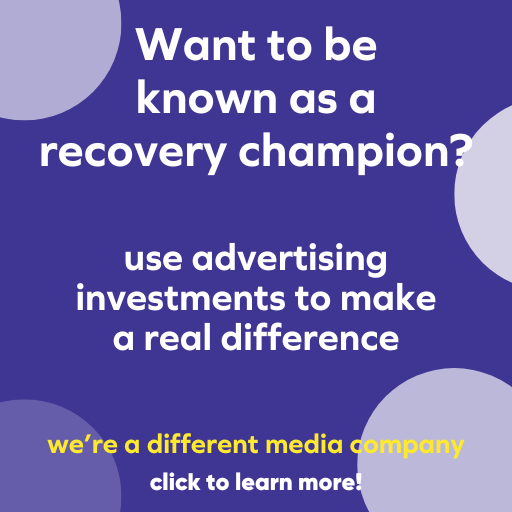submitted by: Bruce Campbell, Executive Director at the Bangor Area Recovery Network.
As we call for a shift from chronic disease management to a recovery oriented system of care, resiliency research lets us build a bridge that links prevention, treatment and recovery. From its origins in prevention, resiliency research is applicable to any group supporting the recovery process.
The brain dynamics of recovery are found in the literature of resiliency. Resiliency is independent of any specific treatment strategy – and is applicable to all of them.
Common definitions of resilience include:
- An occurrence of rebounding or springing back
- Increased probability of school and life success despite adversities caused by early characteristics, conditions and experiences
I like to think of people in recovery as having springs in our butts – we get knocked down but bounce back up, more often stronger than before. Resiliency literature points to the brain as being hardwired for ,resilience, with an inborn capacity for adaptation and survival.
Attributes of a resilient person in recovery
Social competency: One of the essential tasks of recovery is to develop or recapture our ability to navigate interpersonal relationships.
Problem-solving skills: To live in recovery in a culture steeped in substance use presents a significant problem to a person in recovery. Relapse prevention is crucial for sustaining recovery, and people in long-term recovery become masters of relapse prevention.
Autonomy: In recovery, we regain the power of choice and realize that our lives are reflections of the choices we make. We become masters of our own futures, regardless of the circumstances in our lives. We learn to respond, not simply react.
Hope for the future: Recovery shouts hope to all who suffer from a substance use disorder. Even when we have a relatively short amount of recovery, we may instill hope in someone newer to recovery. And this continues to evolve throughout our recovery process.
Resiliency and protective factors: With much attention given to the impact of substance use disorders and the effects of adverse childhood experiences, we often leave off discussion of our brains in recovery. Bonnie Benard, one of the pioneers in resiliency research, quotes Daniel Goleman in his discussion of the brain: “… the finding that brain and nervous system generate new cells as learning or repeated experiences dictate has put the theme of plasticity at the front and center of neuroscience.”
Our brains respond to this automatically when certain environmental protective factors are in place, specifically environments that have high expectations, caring and support, and opportunities for meaningful participation. It’s easy to see how the recovery community is well equipped to provide the environmental factors that foster resiliency.
High Expectations: For a person struggling with a substance use disorder, the notion of attaining a lifetime of abstinence may appear close to absurd. But staying away from the first drug or drink today is an example of a high expectation made into an attainable goal, and the recovery community is full of people like us who are doing just that.
Caring and Support: Go to about any mutual aid meeting, and you’ll hear, “Let us love you until you can love yourself.” “Keep Coming Back” is mirrored in the welcomed return to those of us who may have slipped or relapsed. But for grace, there go I.
Opportunities for meaningful participation: Engaging in the recovery community or a recovery organization is built into the history of the recovery movement, and volunteerism is the spirit blood of recovery. At a recovery community center, it can begin on Day One.
I like to use the metaphor of learning how to ride a bike to describe the recovery process in our brain. At first, we fall down, we get up, we ride wobbly, and with practice, we ride our bikes with ease. We have trained our brains to ride a bike. As any biker will tell you, we learn fastest when we learn in community.





